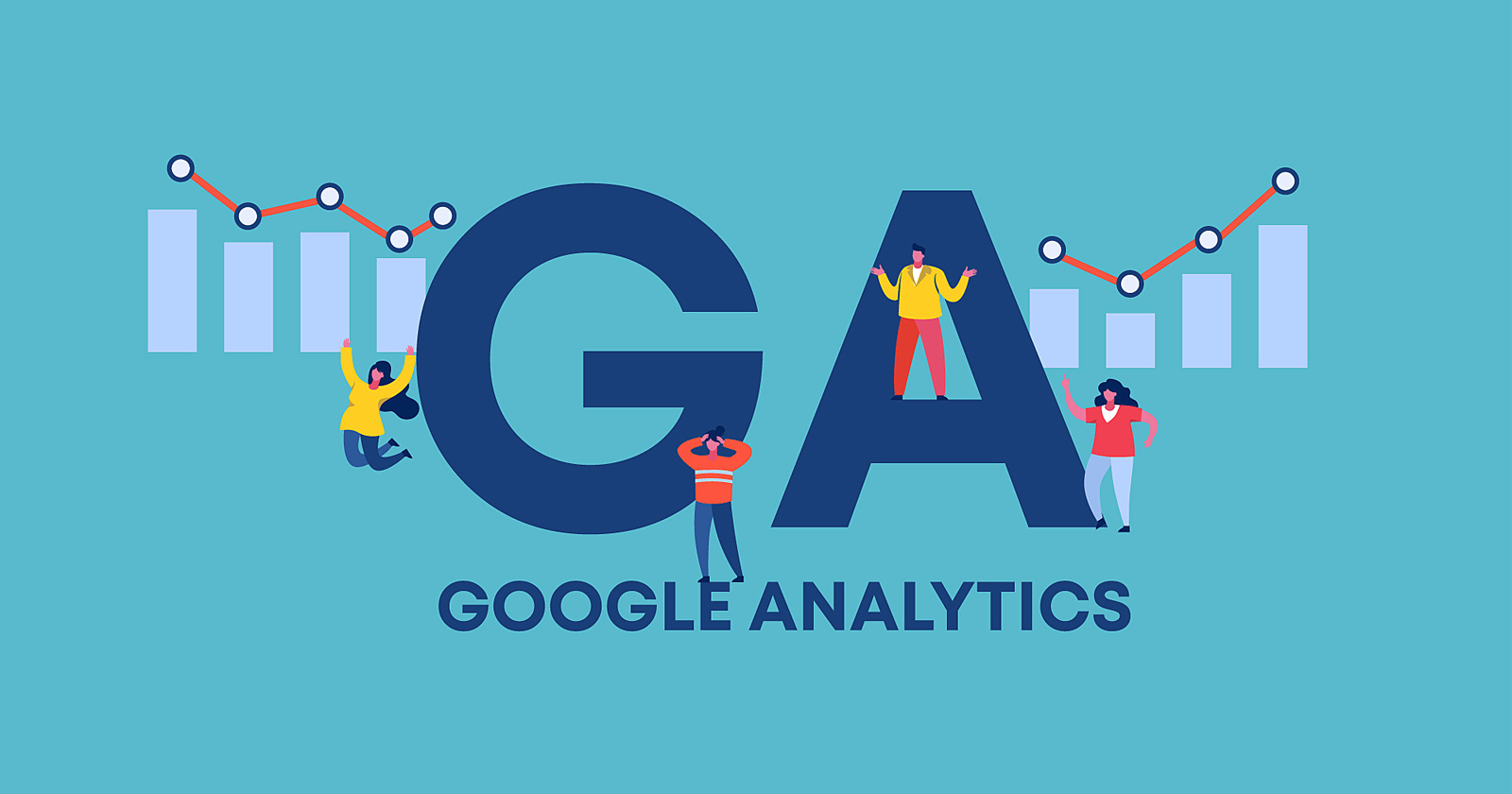The Power of Google Analytics Secondary Dimension: Optimizing Insights
The Power of Google Analytics Secondary Dimension: Optimizing Insights
Blog Article
Unlocking the Power of Second Dimension Analytics for Improved Information Insights and Decision-Making
In the world of data analytics, primary measurements usually take the spotlight, however the real deepness of insights lies within the realm of additional measurements. These extra data points use a nuanced viewpoint that can brighten connections and patterns not conveniently evident initially glance. By utilizing the power of additional dimension analytics, companies can introduce covert patterns, discover relationships, and essence a lot more purposeful verdicts from their information. The potential for boosted decision-making via the usage of these second measurements is substantial, assuring a much deeper understanding of intricate information collections and leading the way for more educated tactical options.
Significance of Secondary Measurements
Exploring the significance of secondary measurements in analytics reveals the covert layers of data understandings important for notified decision-making in various domain names. Second measurements offer a deeper understanding of key data by offering added context and point of views. By incorporating second dimensions right into analytics, organizations can remove a lot more nuanced and extensive understandings from their datasets.
One key relevance of additional dimensions is their capability to sector and categorize main data, permitting a more in-depth analysis of certain subsets within a dataset. This division enables services to determine patterns, fads, and outliers that may not be apparent when checking out the data all at once. Second dimensions aid in uncovering connections and dependences between different variables, leading to more exact projecting and predictive modeling - secondary dimension.
Additionally, additional dimensions play a critical role in enhancing data visualization and coverage. By including second measurements to visualizations, such as charts or graphs, experts can produce extra informative and informative representations of data, helping with better communication of findings to stakeholders. In general, the combination of additional measurements in analytics is critical in opening the complete possibility of information and driving evidence-based decision-making.
Secret Advantages of Making Use Of Second Measurements
Using second measurements in analytics offers companies a strategic benefit by enhancing the depth and granularity of information insights. By studying data making use of second measurements such as time, place, device kind, or user demographics, companies can uncover patterns, fads, and connections that might otherwise continue to be concealed.
Furthermore, the application of additional measurements improves the context in which key data is analyzed. It offers an extra extensive sight of the relationships in between different variables, allowing companies to make informed choices based upon a more alternative understanding of their information. Furthermore, second measurements facilitate the identification of outliers, abnormalities, and areas for optimization, eventually causing more efficient approaches and improved results. By leveraging second dimensions in analytics, organizations can harness the complete possibility of their information to drive better decision-making and accomplish their service purposes.
Advanced Information Analysis Techniques
A deep dive into sophisticated data analysis methods exposes advanced approaches for removing valuable understandings from intricate datasets. One such strategy is artificial intelligence, where algorithms are employed to identify patterns within information, forecast results, and make data-driven choices. This technique permits the automation of analytical design building, enabling the processing of huge quantities of data at a faster pace than conventional methods.
Another innovative strategy is anticipating analytics, which utilizes statistical algorithms and equipment understanding strategies to forecast future outcomes based on historic information. By assessing fads and patterns, companies can anticipate consumer actions, helpful hints market patterns, and potential risks, encouraging them to make positive decisions.
In addition, message mining and sentiment evaluation are useful techniques for removing understandings from unstructured data resources such as social networks comments, consumer reviews, and study actions. By analyzing message data, organizations can understand client opinions, recognize emerging fads, and improve their product and services based upon feedback.
Enhancing Decision-Making Through Second Dimensions

Enhancing decision-making via additional measurements makes it possible for companies to make even more educated and targeted tactical options. By segmenting client information based on second measurements like buying background or involvement degrees, firms can tailor their advertising methods to details target market sectors, leading to boosted conversion prices and consumer satisfaction. Furthermore, second measurements can assist determine connections and connections between different variables, allowing organizations to make data-driven decisions that drive growth and profitability.
Carrying Out Additional Dimension Analytics
When integrating secondary measurements in analytics, organizations can open much deeper insights that drive critical decision-making and improve total performance. This requires comprehending the specific concerns the organization looks for to address and the data factors needed to address them.

Furthermore, organizations need to leverage progressed analytics devices and technologies to enhance the process of incorporating additional measurements. These tools can automate data handling, evaluation, and visualization, allowing companies to focus on translating insights as opposed to hand-operated information manipulation.
Final Thought
In verdict, second measurement analytics play a crucial role in improving data insights and decision-making processes. By utilizing advanced information evaluation strategies and carrying out additional dimensions efficiently, organizations can unlock the power of their information to drive critical service decisions.
In the click here for info realm of data analytics, primary dimensions often take the limelight, yet the true depth of understandings exists within the realm of secondary measurements.Using additional dimensions in analytics offers companies a calculated advantage by enhancing the depth and granularity of information understandings. By leveraging secondary measurements in analytics, companies can harness the full possibility of their information to drive better anonymous decision-making and attain their service goals.
Implementing information validation procedures and routine audits can help maintain information high quality and reliability.
By making use of sophisticated information evaluation techniques and carrying out secondary measurements efficiently, companies can unlock the power of their information to drive tactical organization decisions.
Report this page